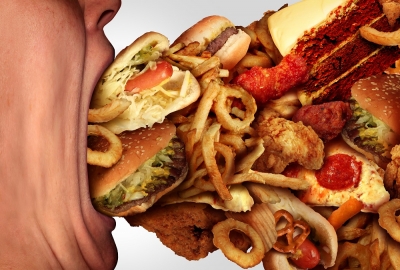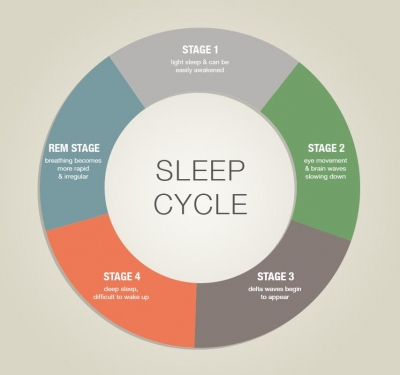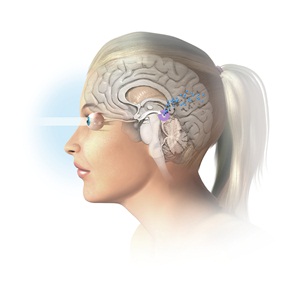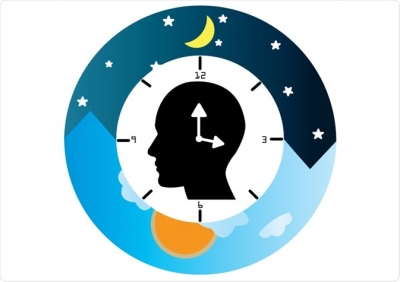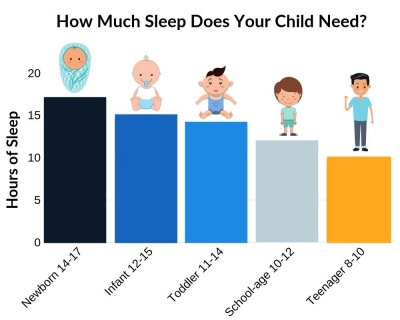An eating disorder, in which people eat non-food items such as chalk, clay, and ashes is called?

People with the disorder pica compulsively eat items that have no nutritional value. A person with pica might eat relatively harmless items, such as ice. Or they might eat potentially dangerous items, likes flakes of dried paint or pieces of metal.
In the latter case, the disorder can lead to serious consequences, such as lead poisoning.
This disorder occurs most often in children and pregnant women. It’s usually temporary. See your doctor right away if you or your child can’t help but eat nonfood items. Treatment can help you avoid potentially serious side effects.
Pica also occurs in people who have intellectual disabilities. It’s often more severe and long-lasting in people with severe developmental disabilities.
There’s no single cause of pica. In some cases, a deficiency in iron, zinc, or another nutrient may be associated with pica. For example, anemia, usually from iron deficiency, may be the underlying cause of pica in pregnant women.
Your unusual cravings may be a sign that your body is trying to replenish low nutrient levels.
People with certain mental health conditions, such as schizophrenia and obsessive-compulsive disorder (OCD), may develop pica as a coping mechanism.
Picture Credit : Google

